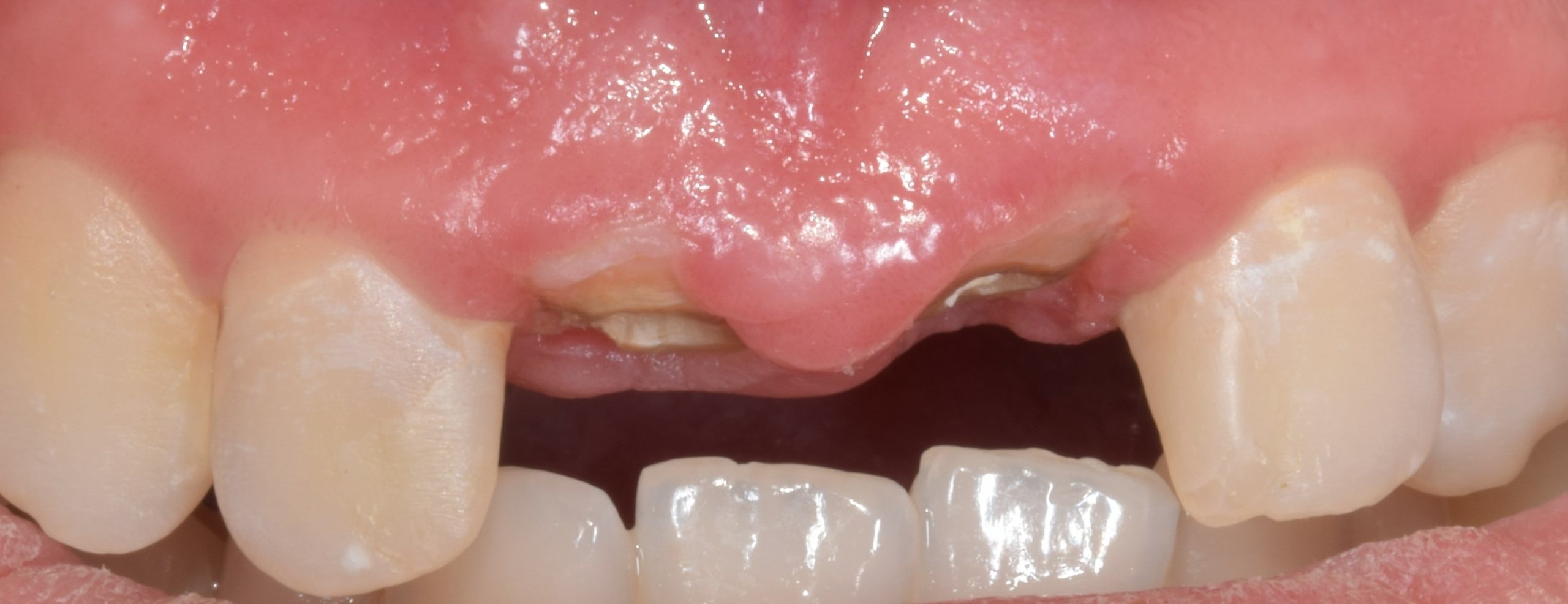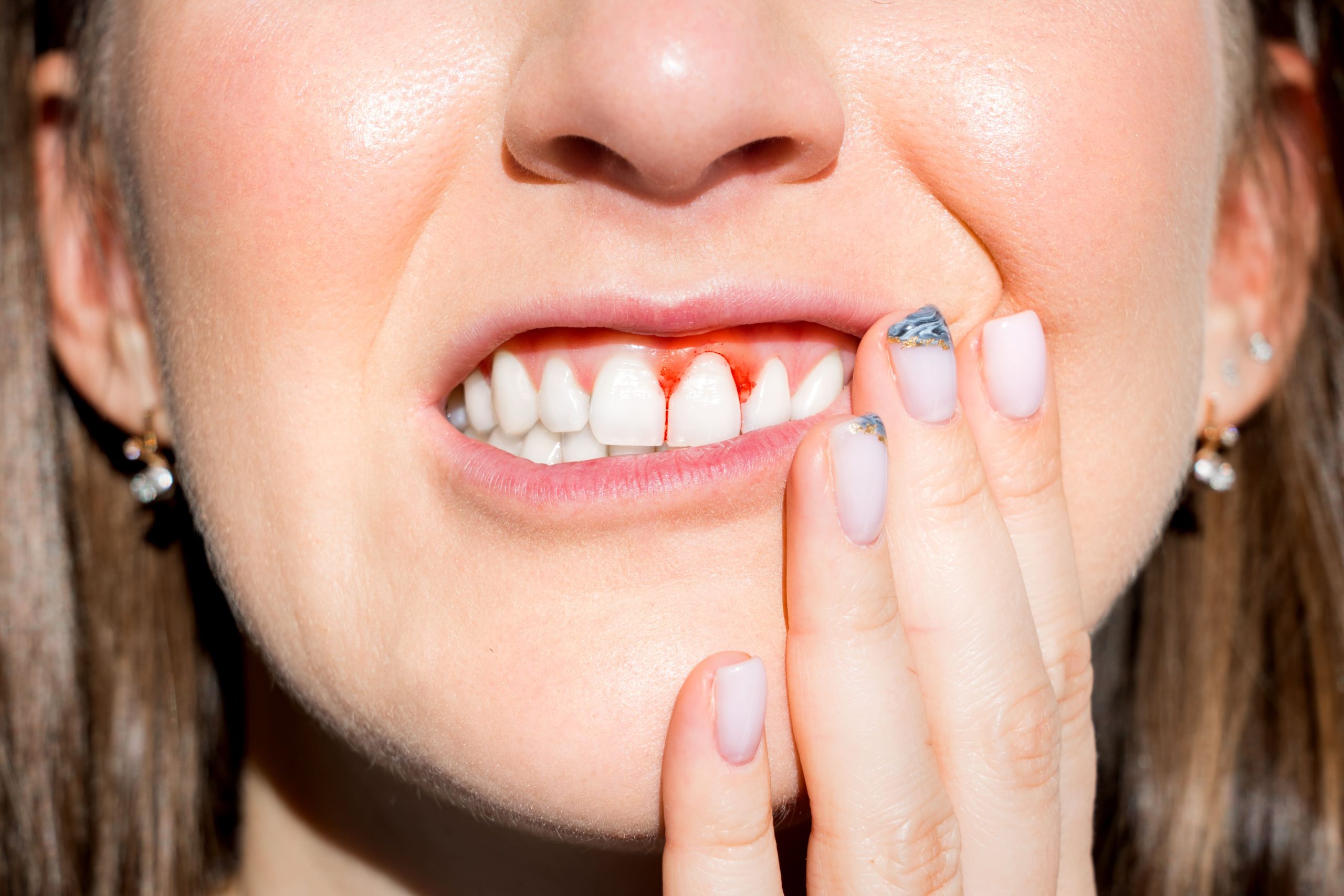In this article, I'll provide a comprehensive comparison between fibre posts and gold posts, and help you make an informed decision.
What are Fibre Posts and Gold Posts?
Before we dive into the comparison, let's first understand what fibre posts and gold posts are.
Fibre posts are made of composite materials and are designed to mimic the natural structure of the tooth. They are strong, flexible, and can bond directly to the tooth structure, providing excellent support to the restoration. Fibre posts tend to come prefabricated.
Gold posts are made of pure gold or a gold alloy, and are highly biocompatible with the tooth structure. They have been used in dentistry for decades and have a proven track record of success. They are strong, inflexible (making them useful when a tooth is very badly broken) and can bond directly to the tooth structure. Gold posts are typically custom-made to fit the individual tooth.
Post and Core: Strength and Durability
When it comes to strength and durability, both fibre posts and gold posts have their own advantages and disadvantages.
Fibre posts are highly resistant to corrosion, which means they won't degrade over time. They have the same flexibility as dentine and therefore provide excellent bond strength to the tooth structure, which significantly reduces the risk of root fracture. However, fibre posts are more prone to fracture under some extreme forces the bond to the tooth fails and the root the tooth falls out. In these situations, it is possible to try another fibre post OR a gold post.
Gold posts are highly resistant to corrosion and can last for decades if properly maintained. They have excellent mechanical properties, which means they can withstand heavy biting forces without fracturing. However, they are relatively expensive compared to fibre posts and require more time and skill to place. However, if the forces become extreme (which patients cannot control), the root of the tooth fractures before the gold post falls out and the root cannot be fixed.
Post and Core: Aesthetics
In terms of aesthetics, fibre posts and gold posts have their own pros and cons.
Fibre posts are tooth-coloured and can blend in seamlessly with the natural tooth structure. This makes them an ideal choice for restorations that are located in the front of the mouth, where aesthetics is a major concern.
Gold posts are not tooth-coloured and can be visible when the restoration is placed in the front of the mouth. However, covering gold posts (to make them invisible) is much easier because of they yellow colour compared with a nickel-chromium post (which looks black).
Cost of Post and Core
Cost is a major factor to consider when choosing between fibre posts and gold posts.
Fibre posts are less expensive than gold posts and are widely available, making them a cost-effective option for many patients.
Gold posts are relatively expensive due to the high cost of gold and the extra time and skill required to place them. However, they can last for decades if properly maintained, which can make them a cost-effective option in the long run.
Post and Core Placement Procedure
Both fibre posts and gold posts require a similar placement procedure.
Fibre posts can be placed using an adhesive technique, which involves bonding the post directly to the tooth structure. This is a relatively simple procedure and can be completed in one visit.
Gold posts require more time and skill to place, as they need to be custom-made to fit the individual tooth. They are typically placed using a cementation technique, which involves cementing the post into the tooth structure. This procedure can take two or three visits to complete, depending on the complexity of the restoration.
Over the years, I have come across many situations where a post is required (usually for front teeth). If a tooth is so broken and it needs a gold post (instead of a fibre post), it is really important to weigh up the pros and cons of the root canal treatment + post required compared with a dental implant and find out if your dentist provides any warrantees (see ours).
When it comes to choosing between fibre posts and gold posts for your dental restoration, there is no clear-cut answer. Both types of posts have their own advantages and disadvantages, and the decision ultimately depends on your individual needs and preferences. If you have any questions/comments OR want to be kept informed of future blogs, please complete the form below and one of the team will be in touch with you by the next working day.








